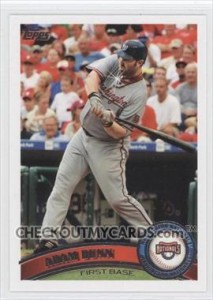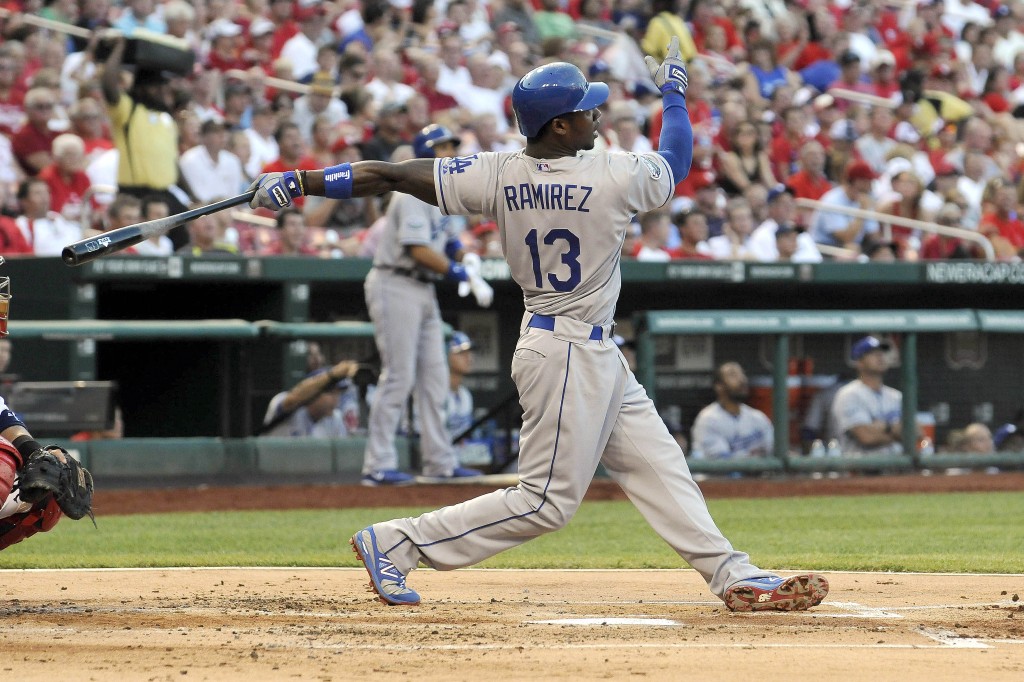Just some quick notes on MLB seasonal averages:
- Run scoring is up slightly from last year (4.33 R per game, from 4.28), but is still the 2nd-lowest value since 1992.
- Strikeouts have reached another all-time high, which has been true for 5 years running. So far in 2012 they stand at 7.5 per game, up a whopping 5% from the record rate last year of 7.1.
- Meanwhile walks are down to 3.06 per game, the lowest value since 1968!
- As you might imagine, the 2.43 K/BB ratio is astronomically high. That’s up nearly 6% from last year’s ratio, which itself was an all-time record.
- Hits per game are at 8.65 per game, the lowest value since 1989.
- Attendance stands at 31,381 per game, the highest since 2008 and a pinch higher than pre-strike level of 31,256 in 1994.
- Intentional walks are down to just 0.21 per game. That’s the lowest level in recorded history, which goes back only to 1955. I presume as run-scoring goes down, managers are increasingly reluctant to put more runners on base. Sabermetrics has come a long way in the last 20 years to show just how much the chances of scoring increase when any batter is walked.
- Interestingly, sacrifice hits have also dropped way down, to just 0.30 per game. That’s also the lowest level since they’ve been recorded, which is back to 1954. Managers have also learned that giving up an out in exchange for a base advance is worth it far less than thought for most of the 20th century.


